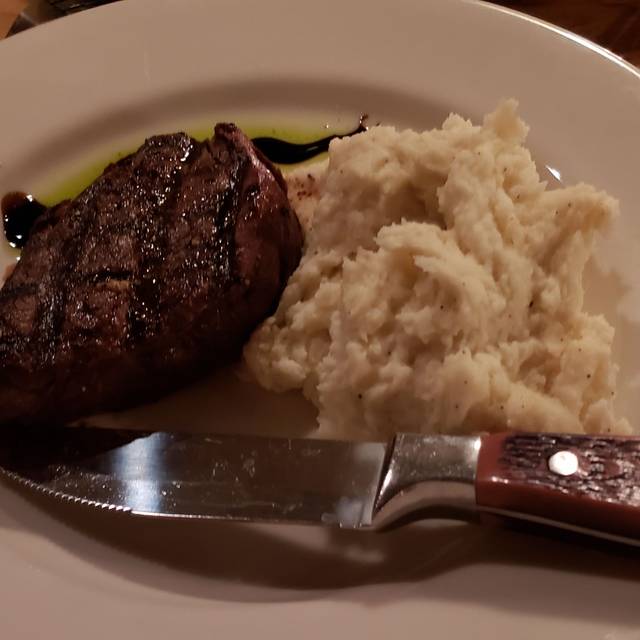

Those "brave spirits fought on until all were cut down." Many times throughout the war, the courage and determination of soldiers on the field of battle drew praise from friend and foe alike. This was shown by the Mexican Army's Tampico Battalion at the Battle of Resaca de la Palma. To stand completely exposed and under a withering fire requires a certain amount of composure. troops called for twelve separate motions - the Mexican drill called for eleven. While the musket itself is a simple weapon, its operation is not. The infantryman and his musket.and inseparable duo. However, these were generally not high quality weapons. This is evident by the use of surplus British Brown Bess muskets by Mexican infantrymen.

Mexico was forced to purchase much of its weaponry from Europe. Her government seemed to be in constant turmoil, the treasury did not have the funds to supply the army, and her arsenals could not produce weapons in any great quantity. Just 25 years young, Mexico was ill prepared to fight a large-scale conflict with the U.S. Polk had succeeded in stretching the boundaries of the U.S. also acquired nearly one million square miles of territory from Mexico-nearly half of its national territory. The boundary issue between Texas and Mexico was finalized. The signing of the Treaty of Guadalupe Hidalgo in 1848 ended the war. Before President Polk left office, he would realize his vision, though not before the U.S. presidential election of 1844, Polk ran on a platform favoring annexation of Texas and territorial expansion. Why were man and musket here at Palo Alto in the first place? Some attribute it to the desire of President James K. Library of Congress (no known restrictions) A Grand Vision Polk had a vision of expanding the territory of the U.S. The resulting shower of red-hot sparks ignited gunpowder held in a shallow pan on the side of the lock, setting off the main charge inside. The weapon employed a simple firing mechanism relying on a piece of flint crashing down on a steel plate. The musket was a constant companion of the infantryman, at times even sharing a bedroll with the soldier. An instrument of war made of wood and steel, it was often the only thing standing between an early grave or living another day. and Mexican soldiers, the flintlock musket was both a giver and taker of life. Army captured the Mexican capital in September of 1847. Eventually, some of the muskets present at Palo Alto would make their way to Mexico City when the U.S. Though muskets saw limited use during the battle, they saw much more action in later engagements. It was here at Palo Alto Battlefield the first angry shots of the war sounded on May 8, 1846. A shower of sparks, smoke, and flames are all part of the game when firing a flintlock musket.Ī simple weapon by today's standards, the flintlock musket was the primary weapon of infantrymen during the U.S.-Mexican War.


 0 kommentar(er)
0 kommentar(er)
